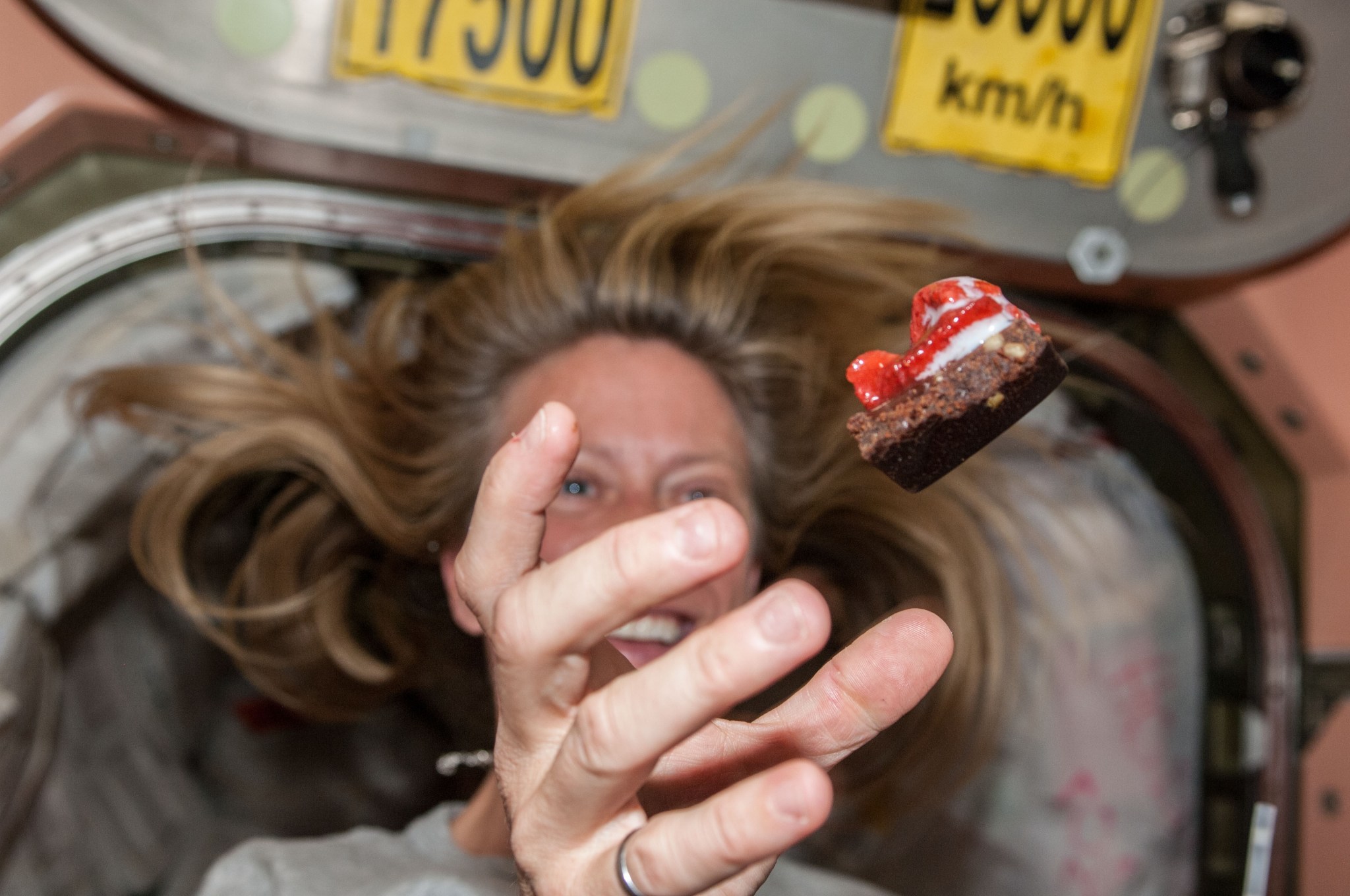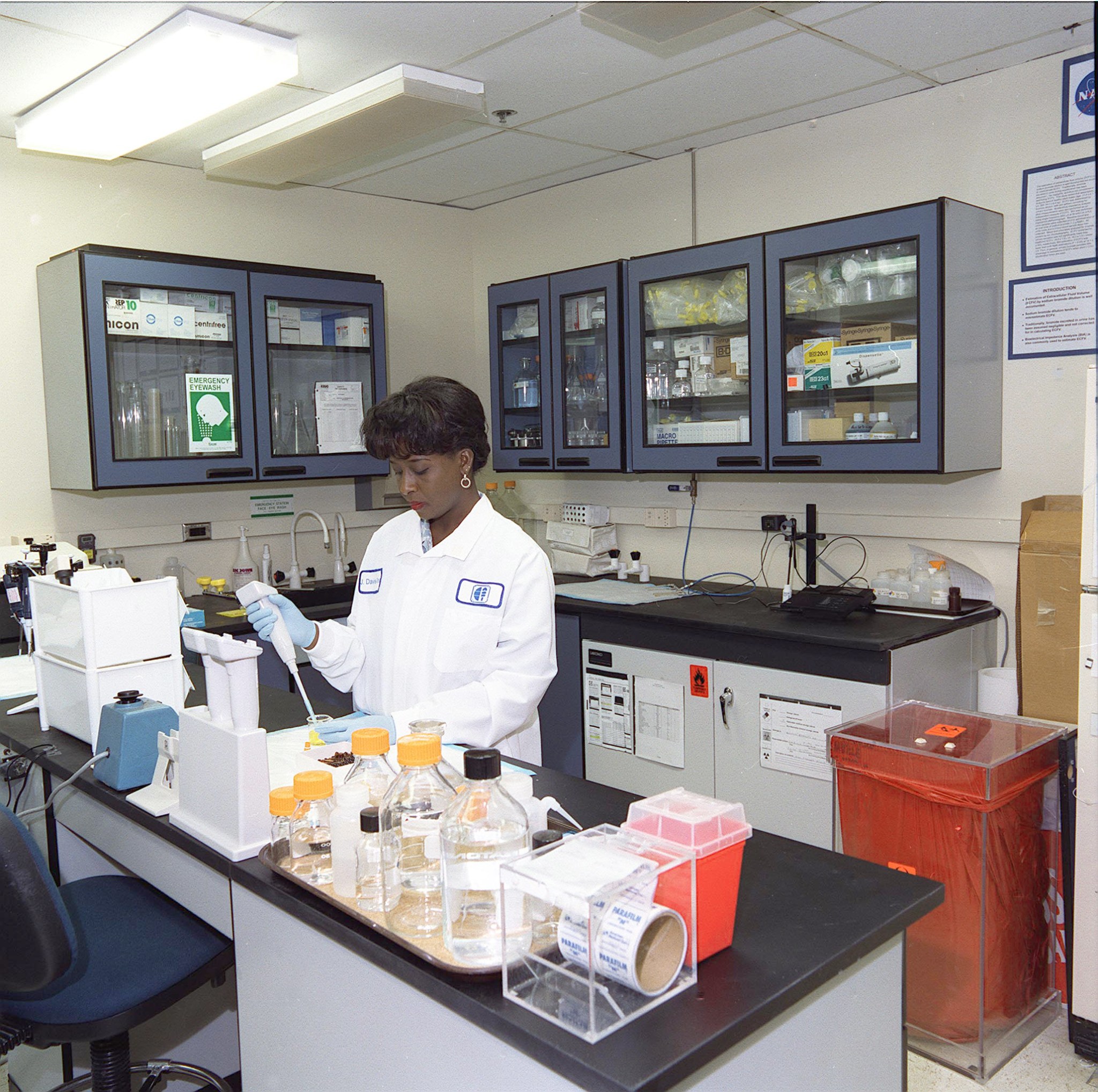Nutrition has been critical in every era of exploration on Earth, from the time when scurvy plagued seafarers to the last century when polar explorers died from malnutrition or, in some cases, nutrient toxicities.
The space food system must provide food that is safe, nutritious, and acceptable to the crew to maintain crew health and performance during space flight. Standards/controls exist to maintain food safety during spaceflight. Adequate nutrition and safe food have been demonstrated for 6-month missions and limited 1-year missions. Achieving and maintaining food system acceptability, nutrition, and safety for long-duration space flight with limited resupply is complex and influenced by factors such as duration isolated from Earth, menu development, suitability in microgravity, palatability, packaging, and stowage.
Directed Acyclic Graph Files
+ DAG File Information (HSRB Home Page)
+ Food and Nutrition Risk DAG and Narrative (PDF)
+ Food and Nutrition Risk DAG Code (TXT)
Human Research Program
+ Risk of Performance Decrement and Crew Illness Due to Inadequate Food and Nutrition
Multiple Evidence Reports are available for this Risk. Please see the relevant section on the Human Research Roadmap Evidence page for all of the Evidence Reports

































